The rise and fall of movie theaters — and how the coronavirus pandemic might change them
Erin McDowell

- Movie theaters as we know them have been around for more than a century.
- However, the coronavirus pandemic has forced movie theaters nationwide to close or drastically change their policies in order to adhere to social distancing and public health and safety measures.
- Hope still remains for Hollywood, though, as many of the summer's biggest blockbusters have yet to be postponed and drive-ins are seeing a surprising resurgence in popularity.
The movie theater industry has been around for over 100 years, but unprecedented times have created a perfect storm for the demise of movie theaters.
"We should be a month into summer blockbusters, and we don't even know if they're going to show up this summer," Jeff Bock, senior box-office analyst at Exhibitor Relations, told Business Insider.
Steadily declining ticket sales and now-shuttered movie theaters and palaces nationwide have put the fates of summer blockbusters into question.
Here is a look at the rise and fall of movie theaters — and a solution that could potentially save the industry.
Read the original article on Business InsiderEarly movie theaters, or electric theaters, were housed in tents.
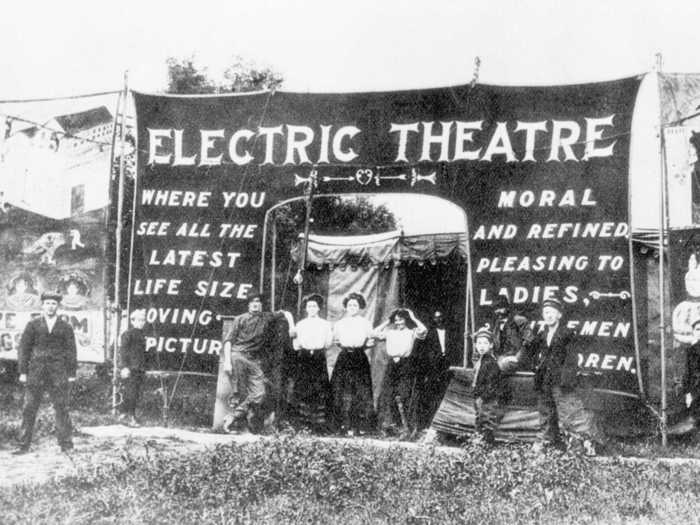
Early "movies" were nothing special compared to the blockbuster films of today — they were short, black-and-white, silent films that showed everyday occurrences like workers leaving a factory after the workday or a train entering a station.
However, they delighted, amazed, and even shocked audiences of the late 1800s.
The first permanently built movie theater was Tally's Electric Theater.

Built by and named after Thomas Lincoln Tally, the theater was the first building to be built specifically for the exhibition of films, rather than a combination of films and live performances.
The theater opened its door on April 2, 1902, in Los Angeles, California, according to the Times Union. The theater was an instant success, and after tickets for its night showings between 7:30 p.m. and 10:30 p.m. began to consistently sell out, Tally decided to add matinee shows as well.
In 1905, Pittsburgh movie theater owners Harry Davis and John Harris introduced 5-cent Nickelodeon movies.
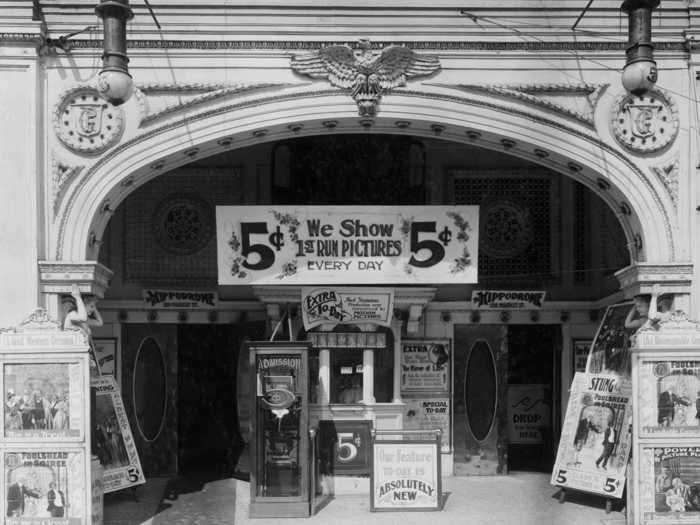
The movies were first shown in Davis' and Harris' own theater, the Nickelodeon. However, the concept of "Nickelodeon" theaters, which got their name from the 50-cent charge for patrons, would soon become popular nationwide. The theaters showed both short films and live vaudeville performances.
According to History.com, by 1907, around 2 million Americans had visited a Nickelodeon theater. The storefront theaters remained the most popular outlet for film-viewing until many of them were replaced by larger theaters built in the 1910s.
Most movie theaters in the early 1900s only had one screen so only one film could be shown at once.
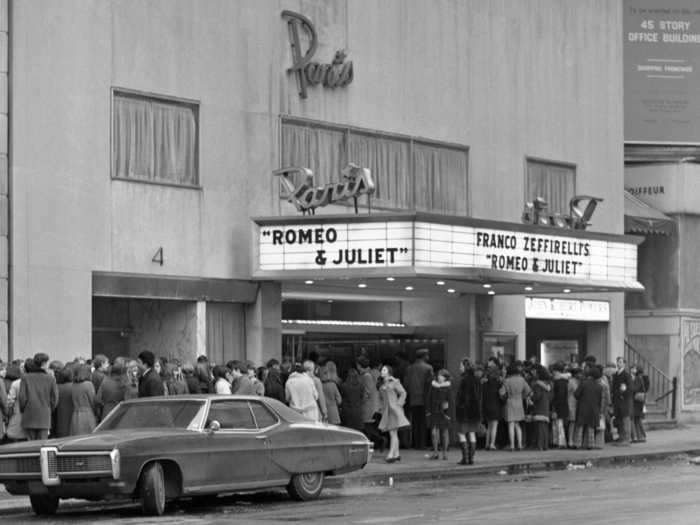
Not only were movie theaters unable to play more than one movie at once, they also lacked sound up until the 1920s. Instead, films would either be silent or live music would be played inside the theater to accompany the images on the screen.
Films with sound were added in 1927, which opened the movie-going experience up to a much wider audience. Cinema visitors no longer had to be literate to enjoy a film.
According to Smithsonian Magazine, by 1930 movie theater attendance had reached more than 90 million visitors per week.
Post-nickelodeon movie theaters were designed to be glamorous.
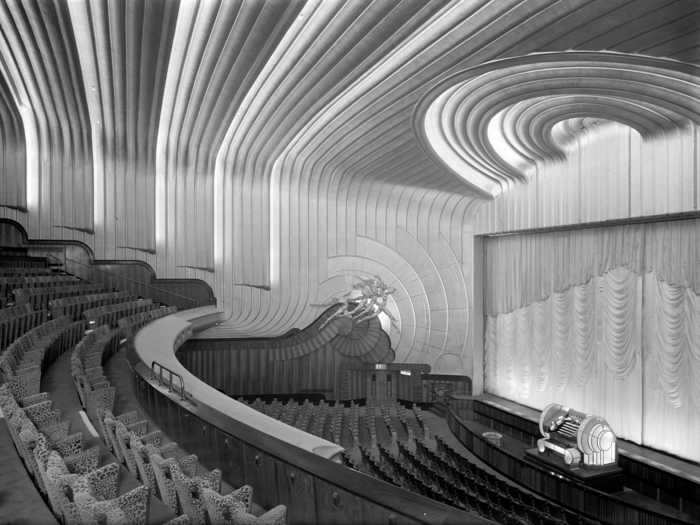
Before the 1920s, movie theaters were seen as a low-class pastime. However, movie theater owners wanted to change this reputation in order to attract a more upscale clientele.
Many theaters, called "movie palaces," would feature stunning interiors with carved ceilings, luxurious seats, and expensive carpets. Visitors would dress in their best clothes to attend the cinema, often pictured wearing top hats, coats, and other glamorous attire.
Despite being the most iconic movie-watching snack of today, popcorn was actually once banned in movie theaters.
It's hard to imagine movie theaters without popcorn. However, there was a time when the snack was explicitly banned. While popcorn was a popular treat at entertainment sites like circuses and fairs in the late 1800s, movie theaters didn't allow the food to be sold.
"Movie theaters wanted nothing to do with popcorn because they were trying to duplicate what was done in real theaters. They had beautiful carpets and rugs and didn't want popcorn being ground into it," Andrew Smith, author of "Popped Culture: A Social History of Popcorn," told Smithsonian Magazine.
Instead, popcorn vendors would park their carts outside and sell them to people entering the theater. However, during the Great Depression, once-prestigious movie theaters began selling the snack in an effort to appeal to wider audiences.
The movie theater industry got a revamp with the introduction of the drive-in in the early 1930s.
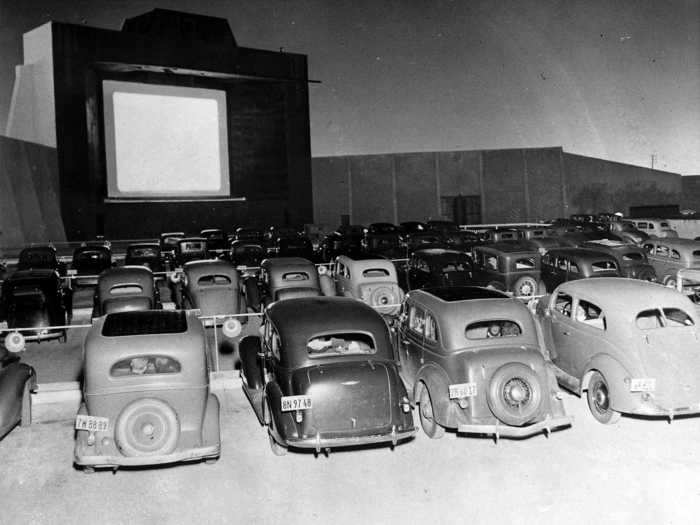
On Tuesday, June 6, 1933, Richard Hollingshead opened the first "park-in" movie theater in Camden, New Jersey.
According to History.com, Hollingshead came up with the idea after listening to his mother complain about not being able to sit comfortably in movie theater seats.
He then began experimenting with different projectors in order to open the first open-air theater, where viewers could drive into the lot and watch films from the comfort of their own automobiles.
Drive-in movie theaters continued to be popular well into the 1950s and became a hallmark of American culture.
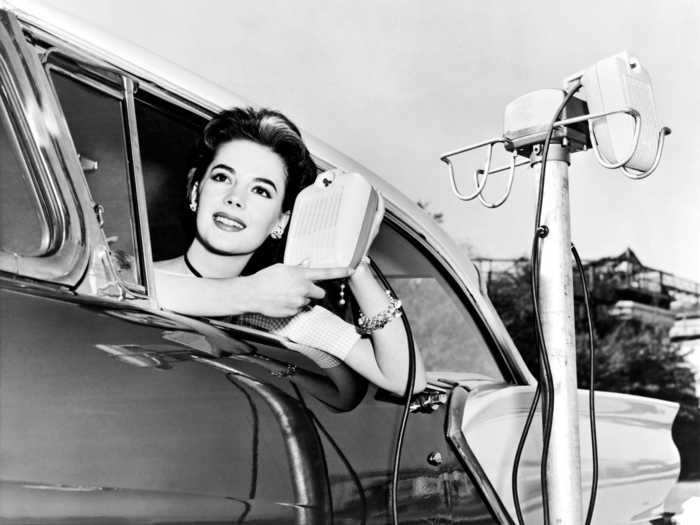
According to History.com, drive-ins spiked in popularity after World War II with the introduction of newer technologies.
Throughout the 1950s, drive-in theaters were popular date spots, as couples could get maximum privacy, and they became a hallmark of American culture. By the mid-1960s, there were some 5,000 theaters across the country.
The first multiplex — a movie theater with more than one screen — opened in a Missouri shopping mall in the early 1960s.
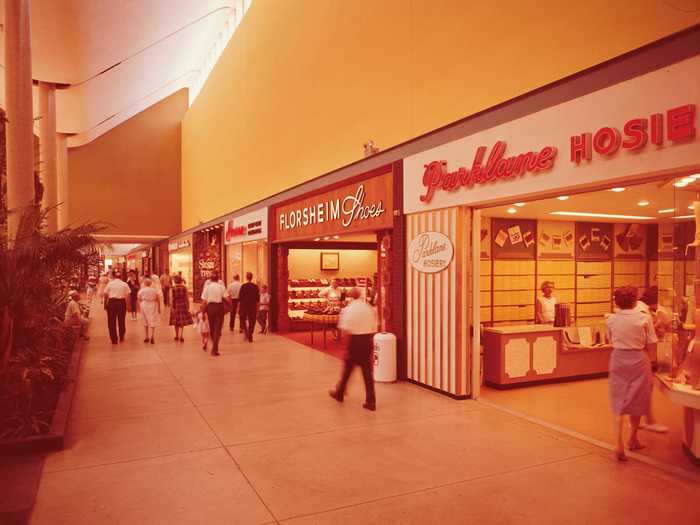
AMC's Parkway Twin theater in Kansas City, Missouri, the first multiplex theater, opened in 1963 in the Ward Parkway shopping center. It had two screens and sat 700 people.
When the theater first opened, it would show the same movie on both screens. However, Stanley H. Durwood, the man who owned and operated the theater, eventually began showing two different movies at once in order to attract a larger audience.
Soon, single-screen theaters nationwide were being converted into multiplexes. This caused many single-screen theaters that were not renovated to go out of business.
The first permanent Imax 3D theater was built in Toronto in 1971.
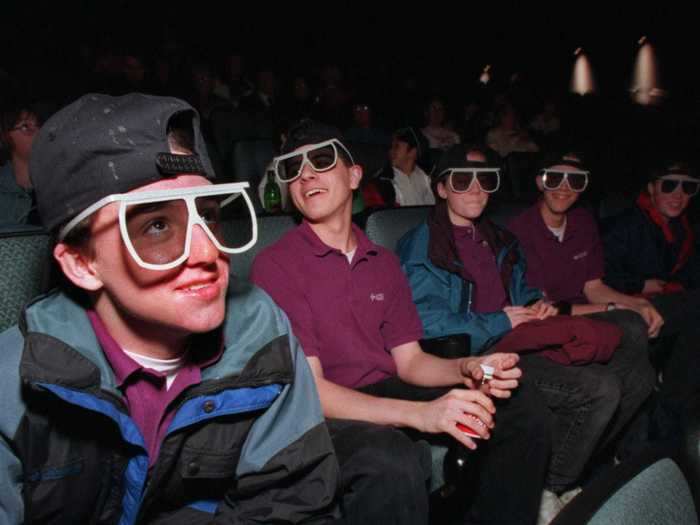
"Tiger Child" was created for Expo 1970 in Osaka, Japan, and was the first movie shown in an Imax theater.
The first permanent Imax installation, called the Cinesphere, was built at the Ontario Place theater in Toronto, Canada. The first film it showed was "North of Superior."
The first megaplex built in the United States was the AMC Grand 24 theater in Dallas, Texas.
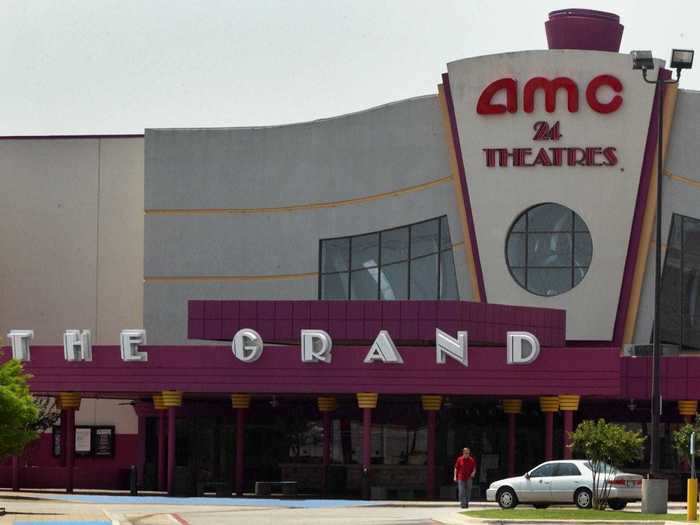
The 5,000-seat theater opened in 1995 and featured a whopping 24 different screens, many of which opened with the movie "Die Hard With a Vengeance."
The movie theater was bought and renovated in 2011 into AmStar Cinemas 14, with part of the original building converted into restaurant space.
Throughout the '90s, going to the movies remained a popular activity.
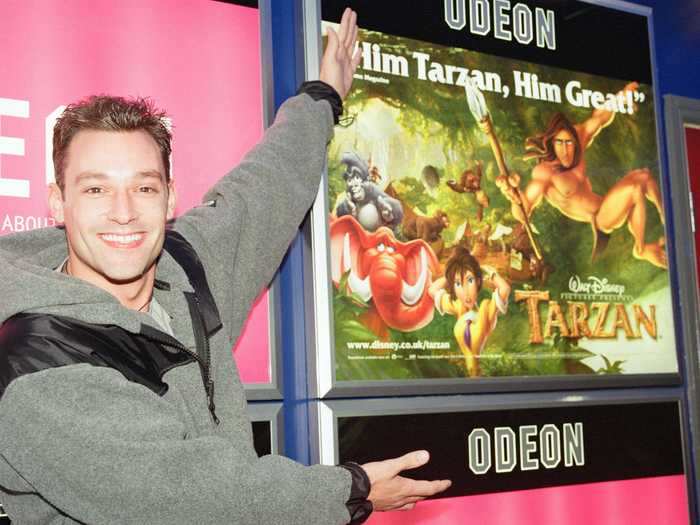
People flocked to movie theaters located in nearby malls and shopping centers to catch Hollywood blockbusters and witness the "Disney Renaissance."
In 1997, James Cameron's "Titanic" starring Kate Winslet and Leonardo DiCaprio hit theaters. At the time, it was the highest-grossing and most expensive movie ever made, with a budget of $200 million.
However, movie theater attendance is falling.
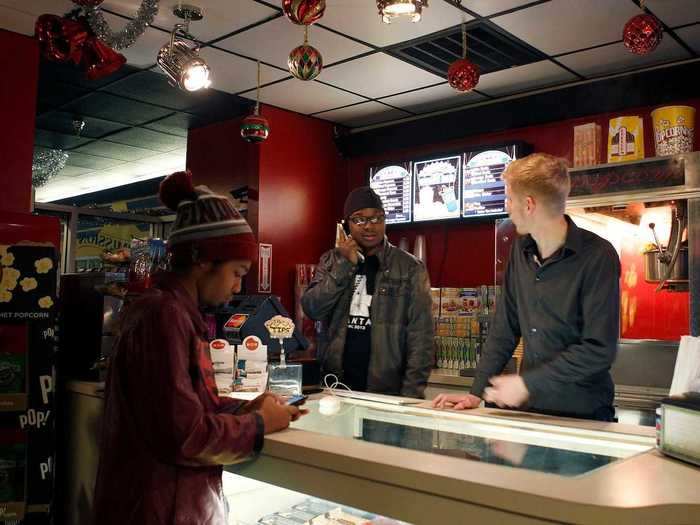
According to Bloomberg, admissions to movie theaters in the US and Canada fell 5.8% in 2017, the lowest attendance since 1992. Attendance rose again in 2018, according to the New York Times. However, the following year, both ticket sales and revenue declined.
Rising ticket prices have allowed movie theaters and studios to continue churning out billions of dollars, especially with record-breaking Marvel releases. However, it's clear that interest in going to movie theaters has continued to decline.
Over the last few years, the rise of in-home streaming services like Netflix, Hulu, Amazon Prime Video, and more have changed how people view movies.
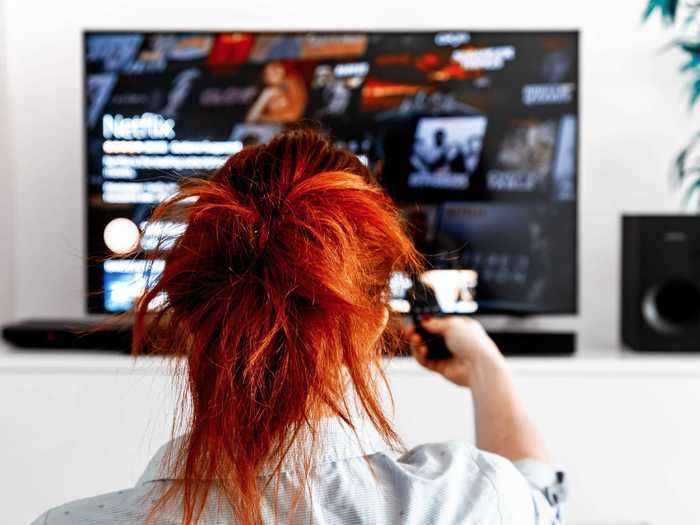
Many blame streaming services like Netflix, Hulu, Amazon Prime Video, and other platforms for the decline in movie theater attendance. However, the issue is less about where people can view the movies and more about what movies are coming out and how much people want to see them.
According to a previous article by Business Insider, in the summer of 2016, blockbuster sales were flat with the previous year's sales of $4.49 billion. Attendance was expected to amount to 513 million, a 3.5% fall from 2015.
According to the same article, PostTrak found that from 2014 to 2015, the number of people who would go to movie theatres and decide what to watch on-site had decreased from 32% to 28%, as cited in the New York Times.
Major streaming services have come out with smash hits of their own.
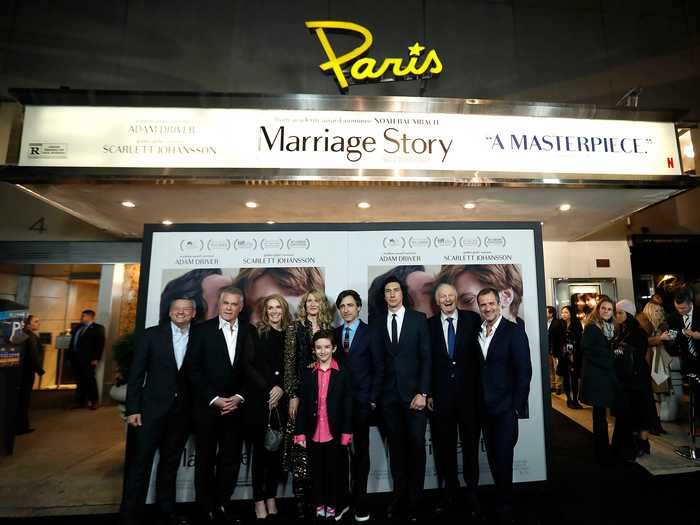
Netflix's "Marriage Story" and "The Irishman" both received Oscar nominations. In a nostalgic nod to film history, Netflix even rented out the historic single-screen Paris theater in New York City to show "Marriage Story."
However, while streaming is now dominating the film industry more than ever, movie theater giants continue to claim that streaming availability hasn't impacted attendance.
"Everyone has a kitchen, but everyone still goes out to eat," Charles Rivkin, CEO of the Motion Picture Association of America, said in his keynote speech at CinemaCon 2019, quoting Sterling Bagby, the late co-founder of B&B Theatres.
The coronavirus pandemic has caused many movie theaters to close, and it's unclear how many will reopen, when, or what the future of movie-going holds.

Some films slated for theater release were made available on streaming platforms. However, a majority of films have simply postponed their theatrical release dates, which is a more lucrative option for film studios.
"We haven't seen a movie go to streaming that was expected to be a blockbuster," Shawn Robbins, chief analyst at BoxOffice.com, told CNBC.
Movie theaters are expected to be closed nationwide until at least mid-June as a result of the coronavirus pandemic, which has left movie theater giants like AMC, Regal, and Cinemark to figure out what they should do with their biggest summer releases.
If theaters in the US follow similar guidelines to ones abroad, the movie-going experience could look vastly different.
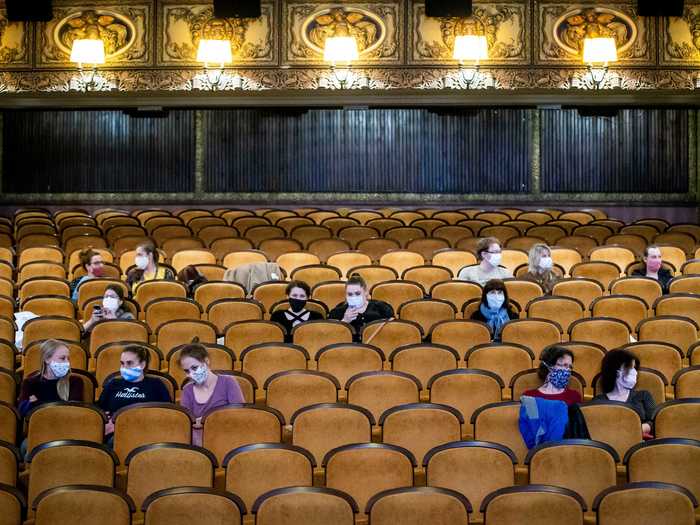
According to USA Today, three high-profile films are still on the calendar for this summer: Christopher Nolan's thriller "Tenet" coming out July 17, Disney's live-action "Mulan" premiering July 24, and "Wonder Woman 1984," which comes out August 14.
However, summer releases will heavily depend on whether major cities like Los Angeles or New York City will allow it considering social distancing and public health restrictions.
"You can either wait for New York or LA to open, which constitute upwards of 25% of a movie's gross, on average domestically, or you can go the village roadshow route and hope the film performs in states where local governments allow theaters to be open," Jeff Bock, senior box-office analyst at Exhibitor Relations, told Business Insider.
"It's a lot of money to commit to upfront not knowing if audiences are going to show, or if there's enough consumer confidence to get people out of their boxes at home and into the theatrical boxes."
Bock also explains that adult-leaning movies like "Tenet" may go to theaters as viewers would be "old enough to make their own decisions," but that it's still a major risk for the studios to launch any big films with only theatrical releases given the current climate.
Entertainment studios may pivot partially — or even entirely — to the video-on-demand model for its 2020 or 2021 releases.
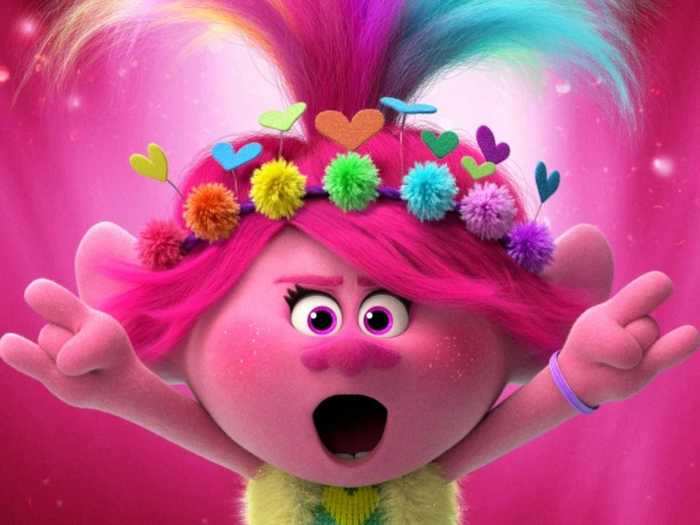
"We haven't seen a week where that hasn't been a big shift in the release calendar," Bock said.
However, tensions between AMC Entertainment and Universal, one of the biggest film studios in the world, reached a boiling point when Universal suggested it would change its business model — even after the pandemic — to include both theatrical releases and video-on-demand releases after its successful release of "Trolls World Tour."
"This radical change by Universal to the business model that currently exists between our two companies represents nothing but downside for us and is categorically unacceptable to AMC Entertainment," AMC CEO and president, Adam Aron, wrote in a letter to the studio. In the letter, Aron also announced his venues would ban Universal's movies.
The studio responded: "Our desire has always been to efficiently deliver entertainment to as wide an audience as possible. We absolutely believe in the theatrical experience and have made no statement to the contrary."
"Everybody's hurting, but there is money for the taking," Bock said. "Hopefully, they can figure something out that appeases both studios and theaters."
However, as the coronavirus pandemic stretches into the summer months, it's possible that many movie theaters nationwide will not survive.
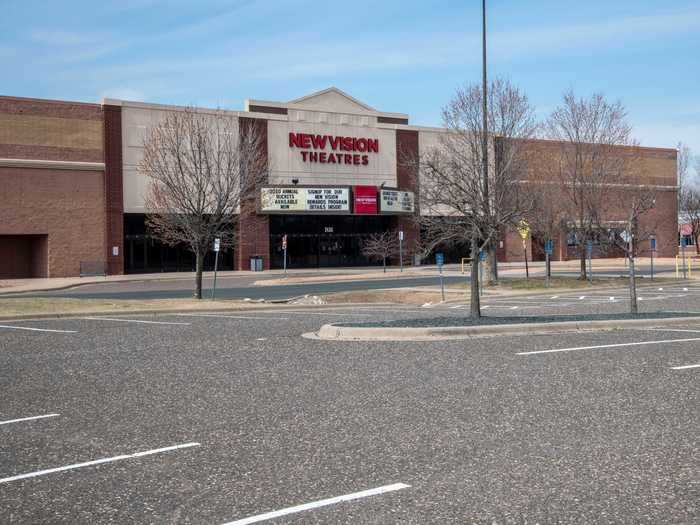
"We should be a month into summer blockbusters, and we don't even know if they're going to show up this summer," Bock told Business Insider.
According to Variety, AMC Entertainment's stock price fell 58% in the first half of March, while Cineworld, which owns Regal Cinemas and is planning to buy Canada's Cineplex, fell nearly 76%. Cinemark's market value also dropped by 68%.
"This could be a 'three steps forward, two steps back' situation with releases coming out and then studios reassessing as they go," Bock said. "The question is, is Hollywood going to risk huge blockbusters in doing so, or will they try smaller films that they can have a plan B for?"
"It's hard to be 100% sure that it's going to be successful given the state of movie theaters, the state of the industry, and the state of America," he continued.
However, drive-in movie theaters are seeing a surprising resurgence in popularity.
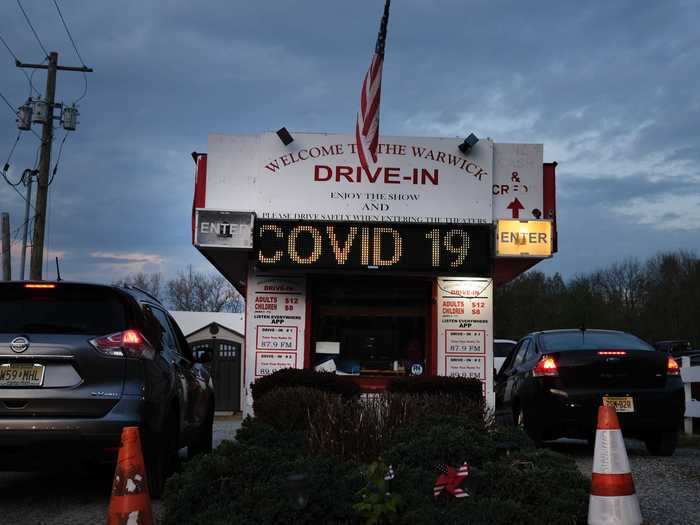
Today, some 500 drive-in movie theaters are still operational, according to History.com.
Due to movie theater closures nationwide as a result of the coronavirus, drive-in movies are becoming increasingly popular as an entertainment option in the age of social distancing.
However, if drive-ins are to cooperate and work with the biggest studios in the industry, Bock explains it will have to be the "right movie."
"'Wonder Woman 1984' could be an interesting play. They could release it in the more than 300 drive-ins across the country," Bock explained. "It is possible that if 'Wonder Woman' plays all summer long in these packed drive-ins, and some movie theaters will open, and then if that doesn't work Warner Brothers could switch to video-on-demand."
"It could make a huge amount of money — there are people that would go out and see it, and there are people that would pay $30 to see it at home," Bock said. "If 'Wonder Woman' pops up in July, it could play until December ... there's nothing more American than 'Wonder Woman.' Her saving theaters, or just being out there this summer, will give a lot of people hope."
READ MORE ARTICLES ON
Popular Right Now
Popular Keywords
Advertisement